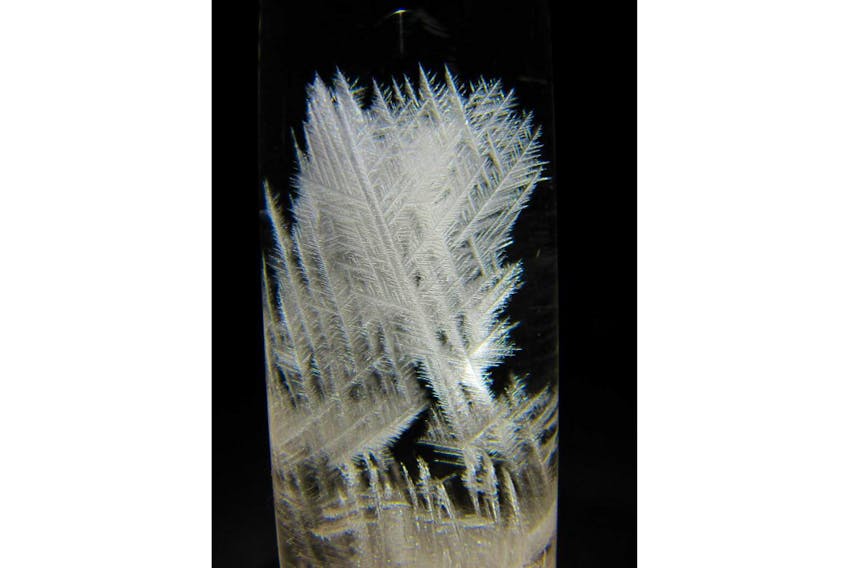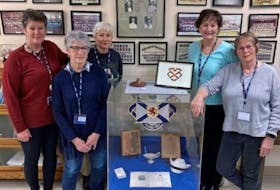
Did you toast the Queen last Tuesday? I did. I was invited to be the after-dinner speaker at the 233rd annual St. George’s Day dinner in Halifax.
When former Halifax Herald columnist Peter Duffy extended the invitation a few months ago, I was honoured, but a little concerned. I knew very little about St. George and wondered what a meteorologist could bring to this lovely event. Then I remembered that one of the pioneers of weather forecasting was a British Naval Officer by the name of Robert Fitzroy.
His story is an interesting one and it all started with a storm.
On Oct. 26, 1859, a hurricane roared across the Irish Sea taking down the steam clipper Royal Charter near Anglesey, off the north coast of Wales. Despite desperate rescue attempts by villagers, more than 400 men, women and children perished. The storm raged for days, hundreds of ships were destroyed, and the death toll almost doubled.
At the time of the tragedy, Admiral Fitzroy was head of Britain’s Meteorological Department and was convinced that many of these lives could have been saved. He started to work on systems that would demonstrate how storms could be predicted using data collected simultaneously from around the U.K.

Fitzroy virtually invented the term “forecasting”. He also devised a storm warning system that was the prototype of the daily weather forecast: he invented a cheap and serviceable barometer and distributed them to coastal communities. Perhaps you own a Fitzroy storm glass.
In a sealed glass, Admiral Fitzroy mixed potassium nitrate, ammonium chloride, ethanol, camphor and water.
Here’s how he explained his new-fangled gadget:
- If the liquid in the glass is clear, the weather will be bright and clear.
- If the liquid is cloudy, the weather will be cloudy as well, perhaps with precipitation.
- If there are small dots in the liquid, humid or foggy weather can be expected.
- A cloudy glass with small stars indicates thunderstorms.
- If the liquid contains small stars on sunny winter days, then snow is coming.
- If there are large flakes throughout the liquid, it will be overcast in temperate seasons or snowy in the winter.
- If there are crystals at the bottom, this indicates frost.
- If there are threads near the top, it will be windy.
We owe a great deal to Admiral Fitzroy. He was a weather pioneer with a passion. When he published his “Weather Book” in 1863 it sealed his reputation as the leading meteorologist of his time.
Sadly, believed to be overtaxed physically and mentally, and during severe mental depression, Admiral Fitzroy took his own life on this date, April 30, in 1865.
Have a weather question, photo or drawing to share with Cindy Day? Email [email protected]
Cindy Day is the chief meteorologist for SaltWire Network.









